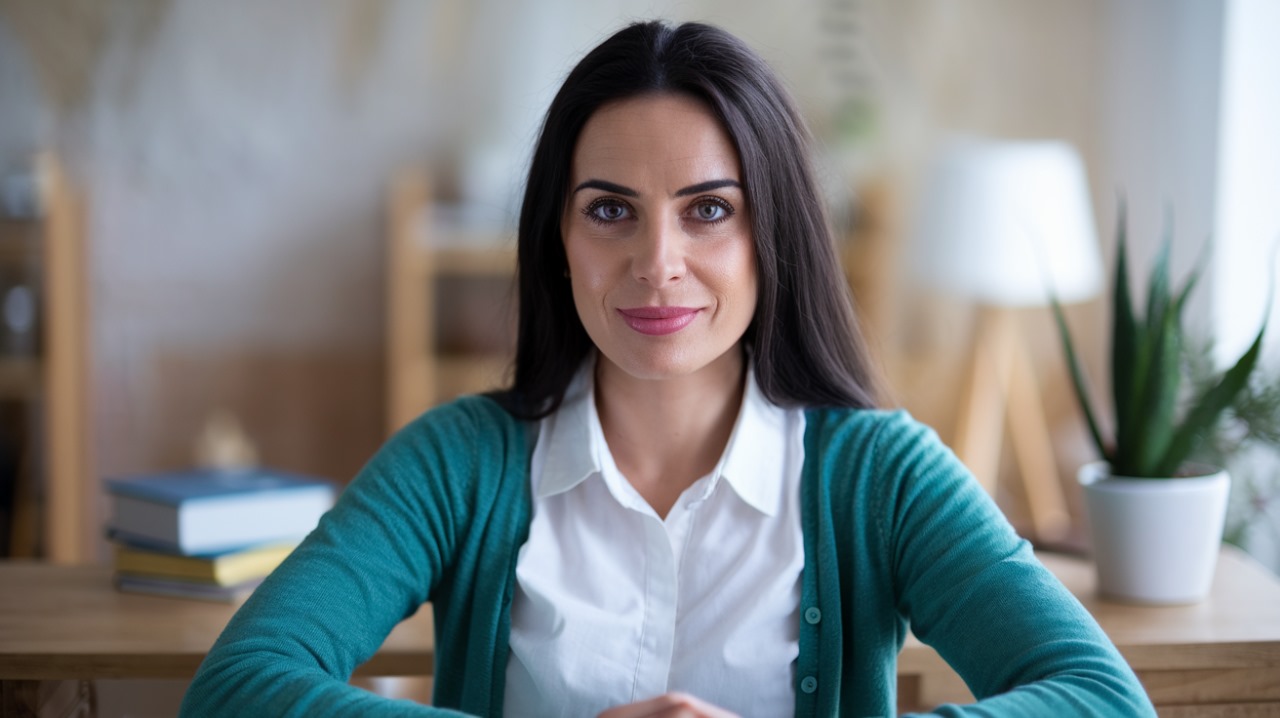When you come across the terms unalienable and inalienable, it’s easy to assume they mean the same thing. After all, they both sound quite similar and are often used in discussions about rights.
But in legal, philosophical, and historical contexts, these words hold very distinct meanings. Understanding the difference is important because the way these terms are applied can change how laws are interpreted, and can even affect the way rights are viewed in modern society.
In this article, we’ll dive into what unalienable and inalienable mean, explore their historical significance, explain the legal importance of each term, and clarify why these differences matter in today’s legal frameworks.
By the end of this post, you’ll have a clearer understanding of how these terms impact everything from individual rights to public policy.
Defining Unalienable and Inalienable
Before we dig into the historical context and legal implications of these terms, let’s first define unalienable and inalienable.
Unalienable
Unalienable refers to rights or principles that cannot be taken away, surrendered, or transferred, no matter the circumstance. These are rights that are inherent to every individual simply because they are human.
They are often seen as fundamental and universal, applying to all people, everywhere.
The most famous example of unalienable rights is found in the U.S. Declaration of Independence, where Thomas Jefferson writes that all men are endowed with certain unalienable rights, including the right to life, liberty, and the pursuit of happiness.
In this context, these rights are considered intrinsic and not subject to being taken away by governments or other authorities.
Inalienable
Inalienable, on the other hand, refers to rights that are fundamental but can be restricted or waived under certain conditions. While they are still considered essential, inalienable rights are not as absolute as unalienable rights.
In some legal frameworks, these rights can be temporarily limited, waived, or transferred.
For example, the right to vote is often considered an inalienable right, but in some situations, such as for felony convictions in certain states, this right can be restricted.
Similarly, a person may voluntarily waive certain inalienable rights in a legal contract, like giving up certain personal freedoms in exchange for a service or transaction.
Historical Context and Origins
Origins of “Unalienable” and “Inalienable”
The distinction between unalienable and inalienable rights dates back to philosophical and legal traditions in the Western world. The roots of these concepts can be traced to natural law theory, which asserts that some rights are inherent in human nature and cannot be justly taken away by human institutions.
One of the earliest sources of these ideas comes from John Locke, a 17th-century philosopher whose writings on natural rights heavily influenced the American Founding Fathers.
Locke argued that people have certain natural rights that are essential for life, liberty, and the pursuit of happiness—rights that governments must protect and cannot violate.
In American history, these ideas were further developed in the Declaration of Independence in 1776, where Thomas Jefferson famously wrote about “unalienable rights.”
Jefferson’s use of the term reflects his belief that these rights are not granted by governments but are inherent to human beings.
The Founding Fathers’ Use of “Unalienable”
When Jefferson used the term unalienable in the Declaration of Independence, he was asserting that the rights to life, liberty, and the pursuit of happiness are beyond the reach of government authority.
They are not privileges granted by any ruler but are basic and unassailable rights that all individuals inherently possess.
Jefferson’s choice of the term unalienable was deliberate, underscoring the absolute nature of these rights in the face of tyrannical government control.
Legal Significance of Each Term
“Unalienable” in Constitutional Law
The term unalienable holds significant weight in U.S. constitutional law. It is often invoked when discussing the fundamental rights that are protected under the Constitution and its amendments.
For example, the Bill of Rights, particularly the First Amendment, guarantees rights such as freedom of speech, religion, and assembly—rights that are considered unalienable.
In landmark Supreme Court cases like Brown v. Board of Education, the Court reinforced the idea that certain rights, like the right to an education free from racial discrimination, are inalienable and must be protected.
The Court’s interpretation of unalienable rights shapes how laws are applied to ensure equality and justice for all citizens, regardless of their background or status.
“Inalienable” in Modern Legal Frameworks
While unalienable rights are often discussed in a philosophical or constitutional context, inalienable rights are more commonly seen in modern legal systems.
For example, inalienable rights can refer to civil rights that are fundamental but may be restricted under certain conditions.
These rights include things like freedom of speech, the right to marry, and property rights, which can be legally waived or transferred depending on specific circumstances.
In the realm of contract law, a person might waive certain inalienable rights through a legally binding agreement. For instance, someone might agree to restrict their personal freedoms by signing a non-compete clause in an employment contract.
This shows how the term inalienable applies to rights that are important, but not absolute.
Key Differences Between Unalienable and Inalienable
Now that we’ve defined each term, let’s compare them directly to highlight the key differences between unalienable and inalienable rights.
Philosophical Differences
Philosophically, unalienable rights are those that are so fundamental to human existence that they cannot be renounced or relinquished under any circumstances. These are rights that are seen as self-evident and non-negotiable.
On the other hand, inalienable rights are also considered essential, but they are subject to limitations or conditions.
This means that while these rights cannot be completely taken away, they can be temporarily restricted or waived under certain circumstances.
This distinction reflects a more flexible view of rights compared to the absolute nature of unalienable rights.
Practical Implications
In practice, the distinction between unalienable and inalienable rights impacts how we understand and apply laws. For example, inalienable rights might be waived in legal agreements, while unalienable rights cannot be given up under any circumstances.
A classic example of this is the right to life: it is unalienable, and no one can voluntarily give it up. However, an individual may choose to waive other inalienable rights, such as the right to a jury trial in certain criminal cases.
The distinction also comes into play when interpreting laws that deal with public policy, such as the right to vote. While the right to vote is considered inalienable for most people, some laws restrict this right, such as disenfranchisement of felony convictions in certain states.
These legal interpretations reflect the idea that inalienable rights can be restricted, but unalienable rights cannot.
Misconceptions and Common Confusions
Are They Truly Interchangeable?
One of the most common misconceptions about these terms is that unalienable and inalienable can be used interchangeably. While they are often used in similar contexts, this is a misunderstanding.
The key difference is that unalienable rights cannot be taken away under any circumstances, while inalienable rights can be restricted or waived under certain conditions.
Understanding the distinction between these two terms is essential for accurately interpreting laws, historical documents, and philosophical debates about human rights.
Language Evolution: Why “Unalienable” Often Gets Replaced by “Inalienable”
Over time, the term inalienable has become more common in modern legal discourse, replacing unalienable in many contexts. This shift in language reflects a broader understanding of rights as being important, but subject to certain legal limits or conditions.
However, the original intent behind unalienable rights, particularly in foundational U.S. documents like the Declaration of Independence, is still widely recognized today.
Legal Precedents and Language Use in Court
In some cases, the use of these terms in courtrooms and legal decisions can make a significant difference in the interpretation of laws.
For example, courts often look at the language used in legal documents and statutes to determine whether a right is truly unalienable or if it can be restricted or transferred.
This is especially important in cases that involve constitutional rights, where the outcome of a case can depend on whether a right is unalienable or inalienable.
Real-World Applications: Where the Difference Matters
Rights that Cannot Be Transferred (Unalienable)
The most significant impact of the unalienable vs. inalienable distinction is seen in the protection of rights that are deemed essential to human dignity.
For example, the right to life and freedom from torture are generally viewed as unalienable rights that cannot be surrendered under any conditions.
In the context of human rights law, this distinction plays a critical role in international treaties and agreements that aim to protect these fundamental rights for all people, regardless of their nationality or legal status.
Rights That Can Be Waived or Restricted (Inalienable)
In contrast, rights like freedom of speech, the right to a trial, and even the right to vote (under specific circumstances) are considered inalienable. While these rights are protected by law, they are not as absolute as unalienable rights.
In some cases, these rights can be waived or restricted, depending on the legal or social context.
For example, in certain jurisdictions, prisoners may lose their right to vote, or individuals may agree to waive some of their inalienable rights in legal agreements such as contracts. These situations highlight the more flexible nature of inalienable rights.
Conclusion
The distinction between unalienable and inalienable rights is crucial for understanding how individual rights are framed in legal and philosophical discussions. While both terms refer to fundamental rights, the key difference lies in their absolute vs. conditional nature.
Unalienable rights are inherent and cannot be surrendered, while inalienable rights are fundamental but can be restricted or waived.
Understanding these differences is not just a matter of semantics; it has real-world consequences for how laws are interpreted and applied, from constitutional principles to everyday legal agreements.
Whether you’re studying human rights, constitutional law, or social justice, grasping the distinction between unalienable and inalienable rights is essential for a deeper understanding of the world around us.
By recognizing these terms’ historical roots and their implications today, we can better protect the rights that matter most—and ensure they remain safeguarded for generations to come.
FAQs: Unalienable vs. Inalienable Rights
1. What is the difference between unalienable and inalienable?
The primary difference lies in how absolute these rights are. Unalienable rights are inherent and cannot be surrendered, transferred, or taken away under any circumstance. Inalienable rights are also fundamental but can be restricted or waived under certain conditions, such as in legal contracts or specific situations like voting restrictions for felony convictions.
2. Are unalienable and inalienable used interchangeably in legal contexts?
While they are often confused, unalienable and inalienable are not interchangeable. Unalienable rights are seen as absolute and cannot be surrendered, while inalienable rights can be restricted or transferred under certain conditions, depending on the legal framework or specific agreements.
3. Why is the term ‘unalienable’ used in the Declaration of Independence?
Thomas Jefferson used the term unalienable in the Declaration of Independence to emphasize that the rights to life, liberty, and the pursuit of happiness are inherent to every person and cannot be taken away by governments or rulers. These are seen as absolute rights that exist regardless of the laws or authority of any government.
4. Can inalienable rights be taken away?
While inalienable rights are considered fundamental, they can be restricted or waived in certain circumstances. For example, a person might give up their right to a jury trial or freedom of speech through a legal agreement, or a person may temporarily lose the right to vote if they are convicted of a felony, depending on local laws.
5. Which rights are considered unalienable?
Rights that are often considered unalienable include the right to life, freedom from torture, and the right to liberty. These rights are generally viewed as absolute and cannot be surrendered under any condition, regardless of legal or political changes.







